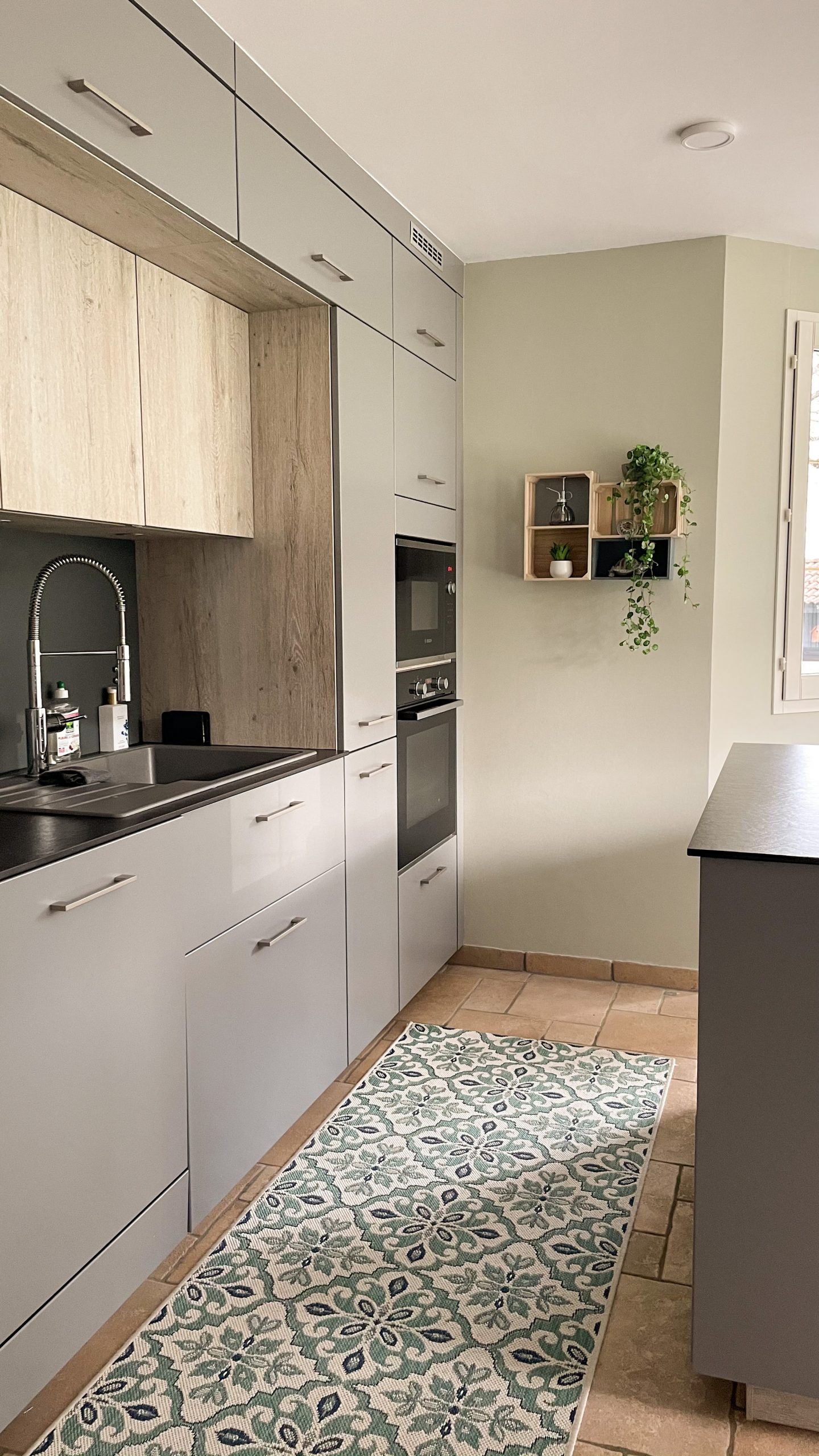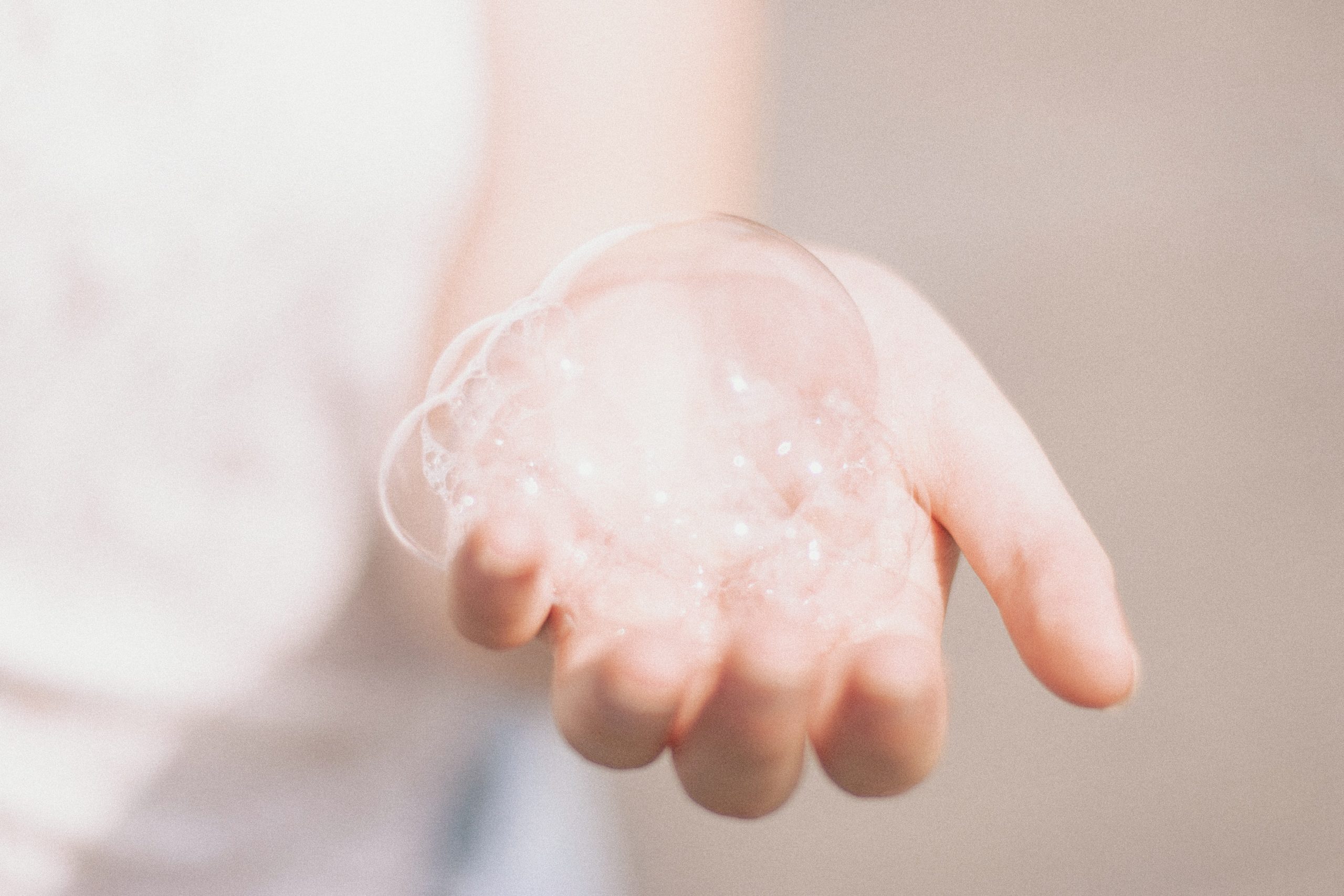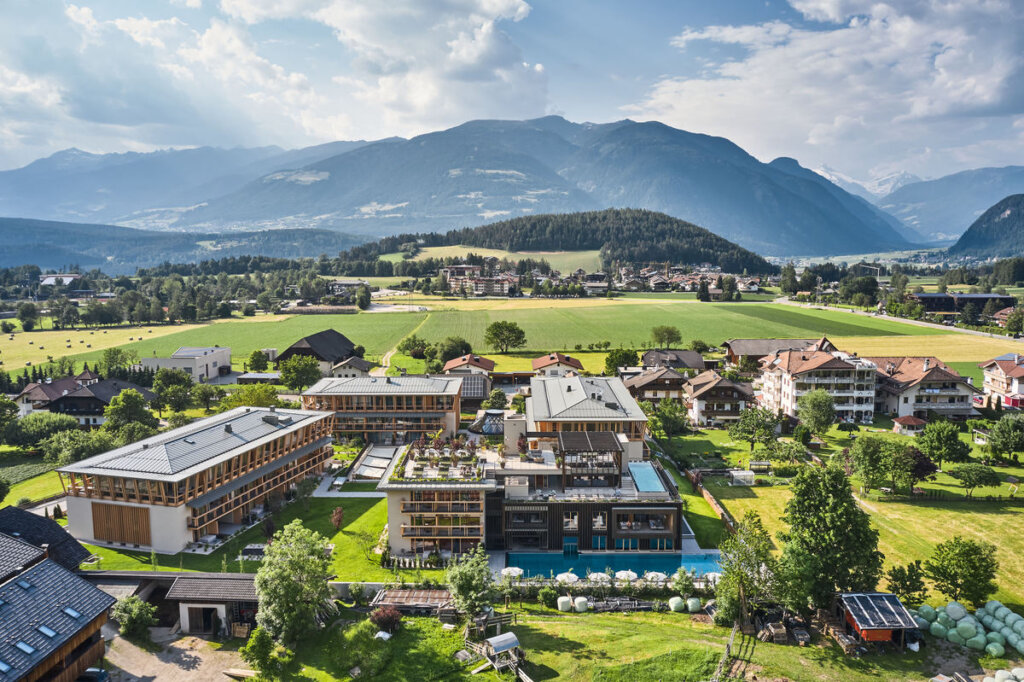You have probably already noticed: Electricity and gas are becoming scarcer and correspondingly more expensive. Countries are running on the back burner when it comes to energy and is also asking private households to reduce consumption as much as possible. But there are always good reasons to be mindful of our planet’s capacities: the environment will thank us, and so will your wallet. We show you how you can reduce your electricity consumption immediately and sustainably with a few practical tips.
From A for battery to Z for room temperature
At the top of the list of electricity-saving tricks are the small sources of our electricity built into the wall: the power sockets. Here the guiding principle applies to everything that is plugged in and also eats up energy. Your mobile phone battery is fully charged? Then unplug not only your smartphone but also the entire charger. Are your TV and laptop on standby? That also consumes energy, and more than the dark screen would suggest. It’s best to hook up your devices to a distribution board with a switch-on button. That way, you can disconnect your everyday electronic companions from the mains with just one flick of the wrist when you don’t need them. From time to time, you should also check your household appliances such as dishwashers, refrigerators and washing machines: How energy-efficient are they and how many years of service have they already clocked up? Of course, you shouldn’t regularly throw your everyday helpers on the nearest rubbish tip, but it’s never a bad idea to replace an old power guzzler. Many machines that are used several times a week also have an eco mode. This comes with challenges such as dirt, sweat and the like just as well as the standard setting, but is much more economical. And what grandma said back then still applies today: only switch on the dishwasher and washing machine when they are really full! If you can, don’t use the dryer either. After all, the clothes horse and fresh air dryer do it all by themselves and you save about 50 euros a year.
Correctly tempering rooms
We are usually too hot in summer and too cold in winter. Air-conditioning and heating tend to run continuously – but unfortunately, they are big energy hogs. Now that the cold season is approaching, you should take a close look at your radiators. radiators: Is there really no furniture in front of them and are the windows not open when you heat? You also save energy if you always keep the room temperature at a similar level, because compensating for strong fluctuations consumes a lot of electricity. a lot of electricity. In summer, on the other hand, outdoor blinds are your support to keep the heat out and save you the use of air conditioning. If you prefer a cheaper option, you can cover your windows with UV protection film. This is self-adhesive and deflects over 90 per cent of UV rays. In other words: in summer you will be cooler and in winter you will retain the warmth for longer. Thanks to the silver mirroring on the outside, you also enjoy an extra portion of privacy. privacy. The only drawback: the film also darkens a little, but can be removed without leaving any residue if you change your mind.In the kitchen: from residual heat and fridge temperature
If our kitchens had a soundtrack, it would certainly be the theme tune from A Song of Ice and Fire. Because this is where heat and cold meet every day, steaming and hissing in the interplay of temperatures. But with so much energy being released, it is also possible to save electricity. For example, a refrigerator that is closer than 30 centimetres to the nearest heat source (such as a cooker) consumes considerably more energy and should therefore always be placed as far away as possible from such appliances. It also doesn’t hurt to take a look at the inside of your icebox: if you’re not storing raw meat, you can raise the fridge temperature to 7° Celsius. This is perfectly adequate for everyday foods such as eggs, cheese and the like. It’s better to let freshly cooked food that you want to eat later cool down completely before putting it in the icebox – this saves your fridge from having to compensate for large temperature differences. And now to hotter climes. You can also save a lot of energy when cooking, for example when heating water.
The rule of thumb here is: if you don’t want to heat more than one and a half litres of water, it’s best to use a kettle.
This makes the liquid bubble quickly and efficiently, whereas with an electric cooker you first have to heat the plate, then the pot and the water. This is only worthwhile with larger quantities of water (but don’t forget the lid!). In addition, the electric hob radiates residual heat for another 20 minutes, which is why you can turn off the heat source a little earlier when cooking – the food will still be done, I promise. By the way: If you have an induction hob, your cooking will be particularly energy-effeffcient!









